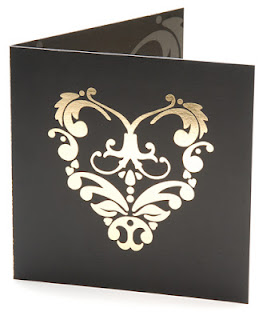As a Chicago design firm, we cannot stress the importance of choosing the right font
enough. When we are working with a client on creating logos and design pieces, one of the first
things we take into account is the font choice. The font chosen for your advertisement or design piece has a huge impact on the way people will view your brand. As
a marketing company we rely on techniques to make viewers more interested in
your products and services through advertisements and creative pieces. Believe it
or not, but there are tens of thousands of existing fonts with new ones being
created on a daily basis. With so many
choices out there, what prompts graphic design companies to choose one font over
all the others and why are so many generic fonts overused? It's a tough call.
Font choice is crucial when creating an advertisement or
design piece. Typography is a great way
to set a mood or compliment branding in an advertisement or design piece. It may not be the first thing you notice, but
the font you choose for your pieces can either make or break your design. The
content of the material presented in your design and the purpose of the design
are main factors when deciding on a specific font. A corporate look usually falls with more
traditional, clean and straight fonts while something less formal can benefit from
utilizing stylized fonts.
When choosing a font, there are many aspects of design that we,
as graphic designers, think about. With
so many fonts in existence its crazy how overused certain fonts are. It is very easy to fall into the trap of using
default fonts. The fonts that are
standard with software setup are not always the best choice depending on what
you’re trying to achieve with your advertisement or design piece. It is very typical to see people using common,
simple fonts such as Arial, Helvetica and Times New Roman. When working on an advertisement or design piece,
use a good portion of your time to look at font to find the perfect fit. Our Chicago design firm uses multiple font
books and agents, but there are also many different online resources with free
downloadable unique fonts. If you are interested in searching for creative,
unique fonts check out these sites:
Dafont.com
Fontspace.com
Addictivefonts.com
Now you’ve searched for the perfect font and have finally
chosen one. Awesome! What’s next?
Consider the size of your font and color choice. Size and color alone can make or break your choice. Some fonts look totally different at a small
size then they do at a large size, so make sure you check out how your font
looks at various sizes.
Font can truly become a huge focal point of any advertisement
or design piece, especially when it is done creatively. Creating headers of different colors and sizes
can draw a large amount of attention to the font on your piece and help intrigue
viewers to read your content and learn more. Make sure with an ad or creative piece that
you design that you balance out your images and text. A successful ad or design will have text and
images that compliment each other, not overpower one another.
Want to know more about choosing font? Leave us a comment below or contact us.







